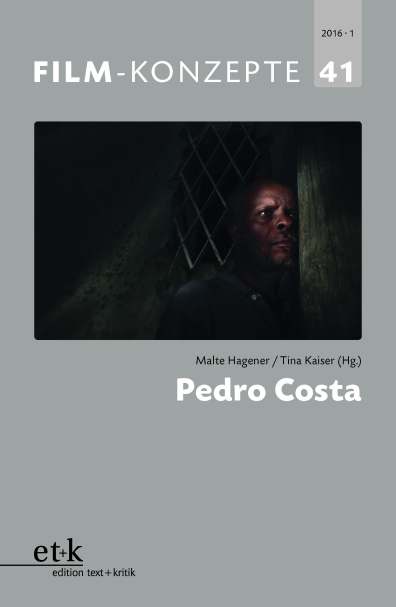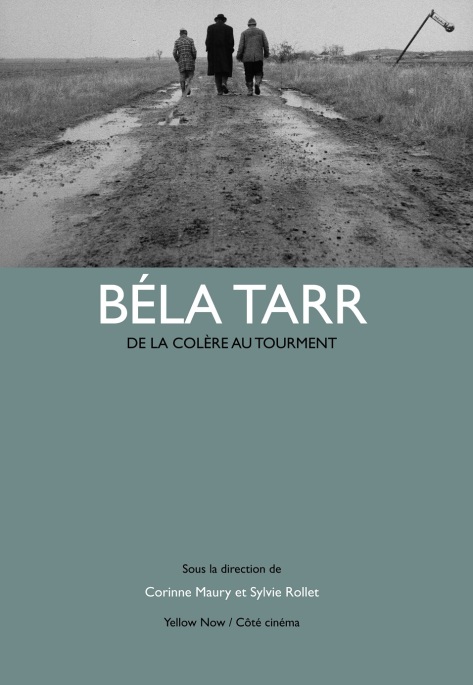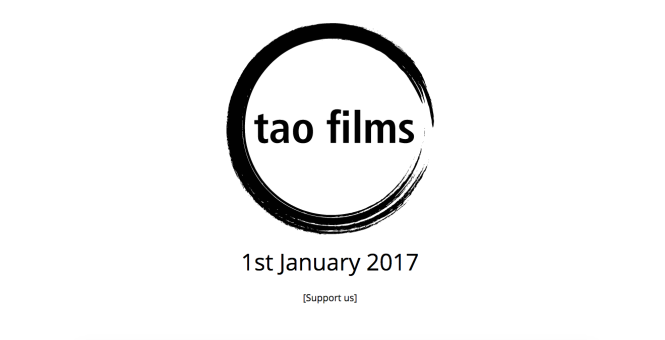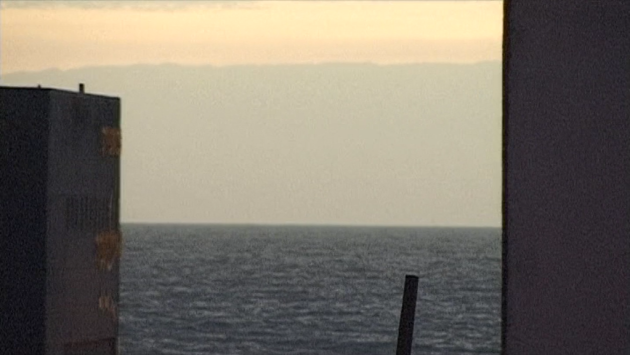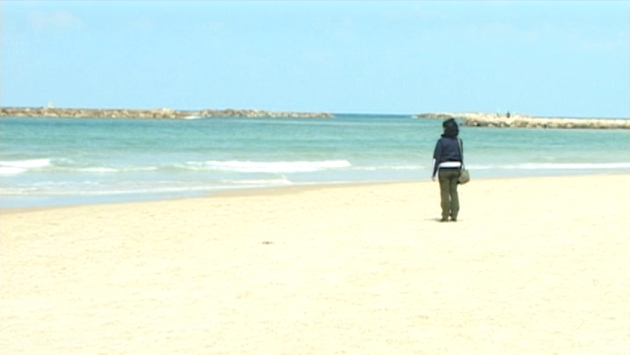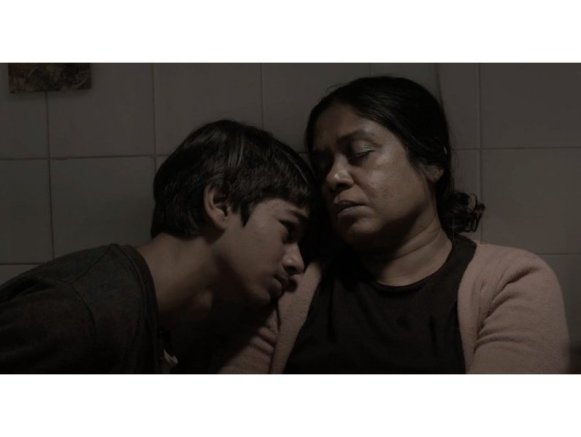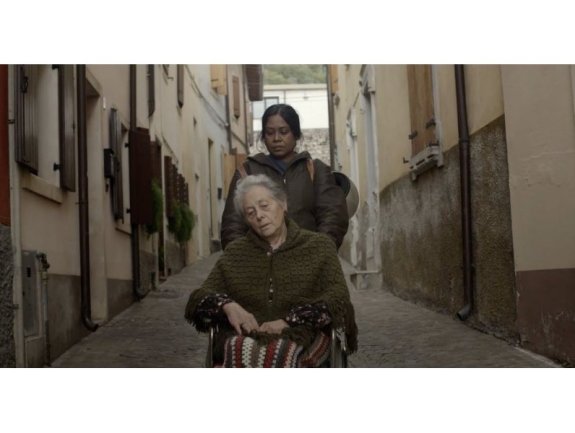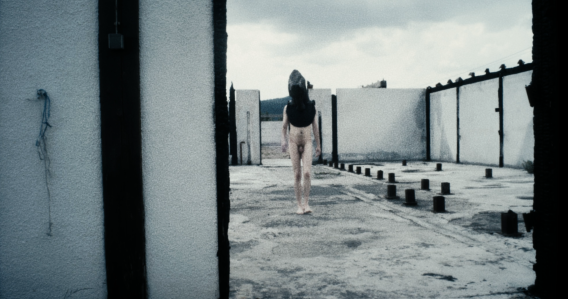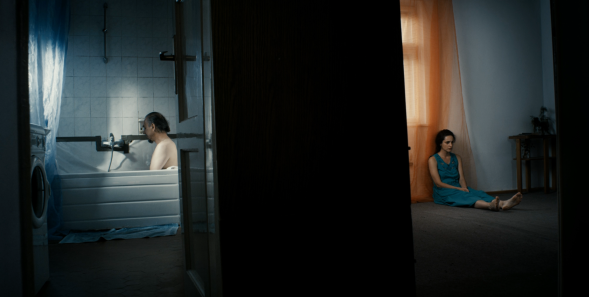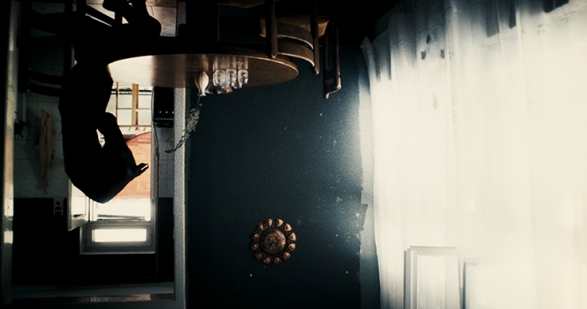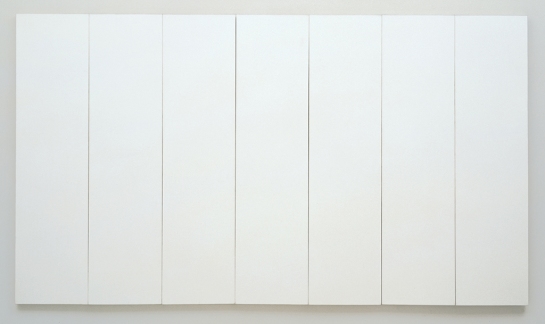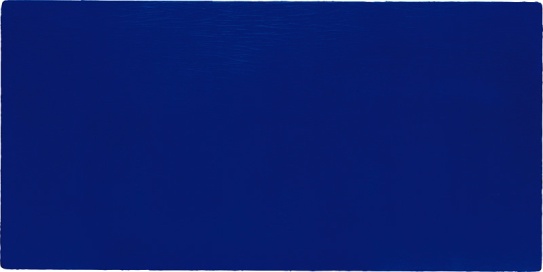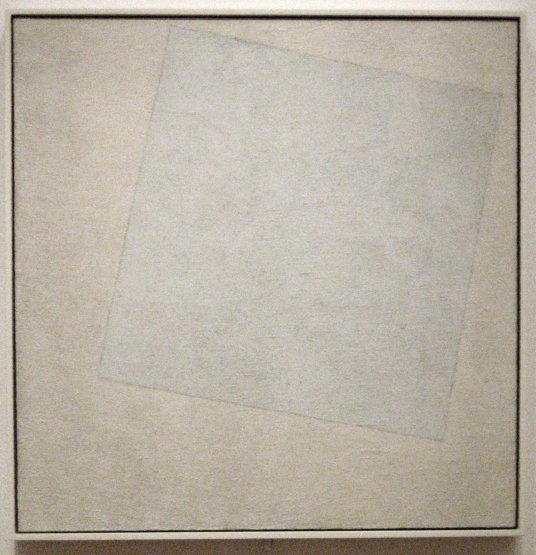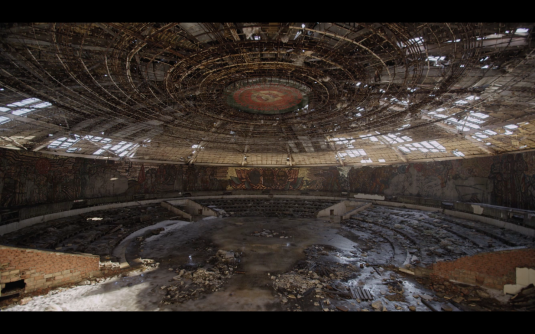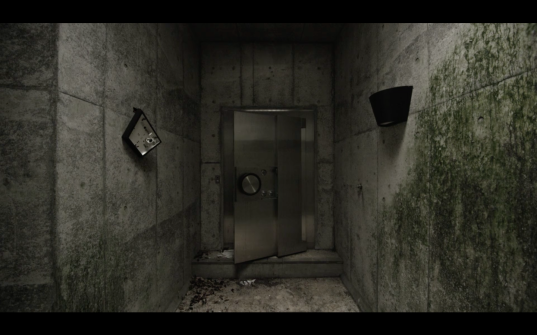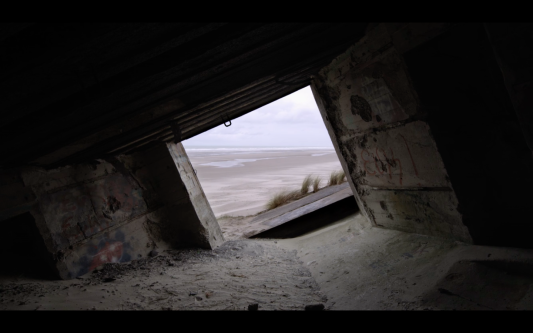Land and Shade – when I saw the trailer of the film a couple of months ago I was fascinated by the look of it. There was a sort of feeling in there which I know from Béla Tarr’s films. César Acevedo’s La tierra y la sombra is, for those who have seen it, of course very different from Tarr’s work. However, there is something in the camera work, which reminds me of just how well certain slow-film directors use their aesthetics in order to take their viewers on a journey. Not just a visual journey, but also a spiritual journey perhaps.
Acevedo’s film tells the story of a family who lives amongst sugar cane plantations. Alfonso returns to the land he had left behind more than a decade earlier. His estranged wife kept the land, but things have changed. Alfonso’s son, Geraldo, is suffering from an unspecified lung disease, which seems to derive from the dust and the ashes which are an almost daily companion for the family because of the work in the plantations around the house. Is it a strong form of asthma? Is it lung cancer? Acevedo never clarifies this, but he doesn’t have to. Geraldo’s lung disease is not just his disease. It serves as a metaphor for the increasing suffocation the family is facing.
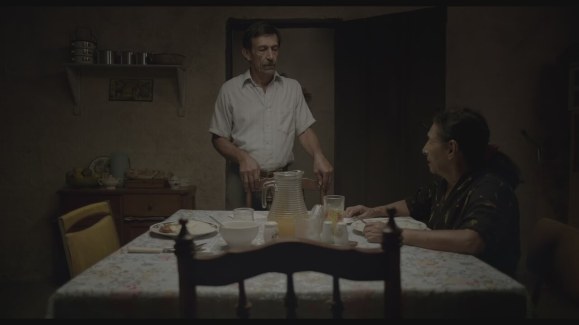
Geraldo’s wife and mother both work in the plantation. As it turns out much later in the film, Geraldo himself used to work there, but he was forced to retire because of his disease. There is discontent in the group of workers. Pay is low or non-existent. Their boss repeatedly promises them pay, but the workers never receive it. Work in sugar cane plantations is shown as exploitation in La tierra y la sombra, and the film therefore tackles an important and sadly still very topical issue. In effect, both wife and mother receive their pay only when they’re no longer needed and are asked to leave the plantation for good.
Geraldo’s increasing difficulties to breathe is not just a symptom of economical issues. There is tension within the family as well, which Geraldo’s persistent cough and suffering is only too emblematic for. There is tension between Alfonso and his estranged wife, who never seems to have forgiven him for leaving. There is also tension between Geraldo, his wife and his mother. Geraldo’s wife is torn between leaving the land and moving with Alfonso to a nicer environment where, she is sure, Geraldo could recover. But Geraldo doesn’t want to leave his mother. So, in this household of four adults there is nothing but tension and suffocation, illustrated by Geraldo’s worsening disease.

This tension is bubbling under the surface. Acevedo doesn’t show arguments. He lets us feel what is happening. Primarily, of course, through the film’s aesthetics. Inside the house, darkness prevails. Because of Geraldo’s disease, the windows have to be kept shut. This darkness embodies the tensions between the characters. It is the “shade part” of the film. Acevedo knows how to use windows, however. At times, they’re opened; at others, they’re closed, and whenever they’re open(ed) the frame is glowing with beauty. The presence of daylight after minutes of darkness is a relief. It’s a visual breath which the film is taking. Something Geraldo can no longer do.
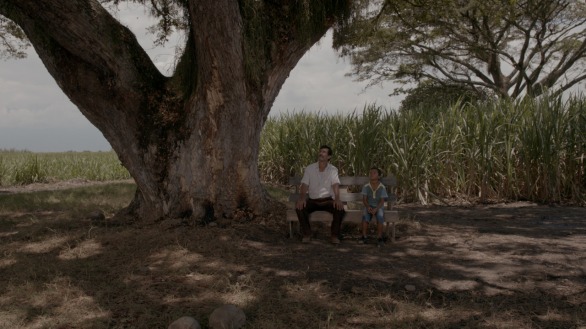
But this visual breath, this hope if you want to read it this way, is also embodied in the character of Manuel, Geraldo’s son. He’s very much accustomed to his father being in bed all day long, and no longer questions it. He knows that the windows must be shut. But apart from that, he is a child. He learns how to make a feeding table for birds. He enjoys the kite Alfonso bought for his birthday. It is likely that Manuel’s joy is only starting to show with Alfonso’s presence and the fact that someone is there for him while his mother is at work. Perhaps, Alfonso is the daylight, the hope. He allows Manuel to be a child under difficult circumstances. Manuel reminded me at times of the young Yussuf in Semih Kaplanoglu’s Bal/Honey. The boys are characterised pretty similar and both have to deal with the eventual death of their father.
La tierra y la sombra is a wonderful film. Aesthetically, it is very strong, and it’s a beautiful film to look at. However, the aesthetics are not self-indulgent. They serve a meaning most of the time. At other times, the camera seems to be independently moving around the place to discover what else is there, something other than the characters. La tierra is Acevedo’s first feature film as director, and from what I can tell after having seen it, there’s definitely more good films to come from him.

